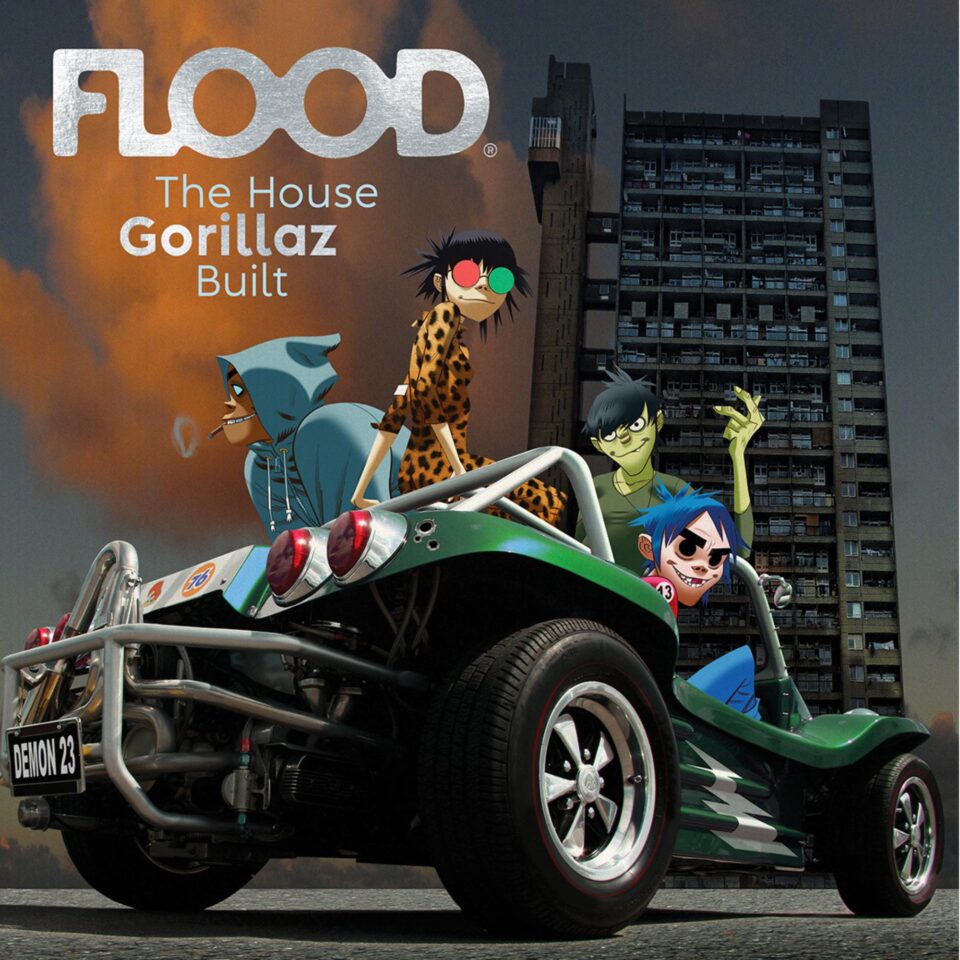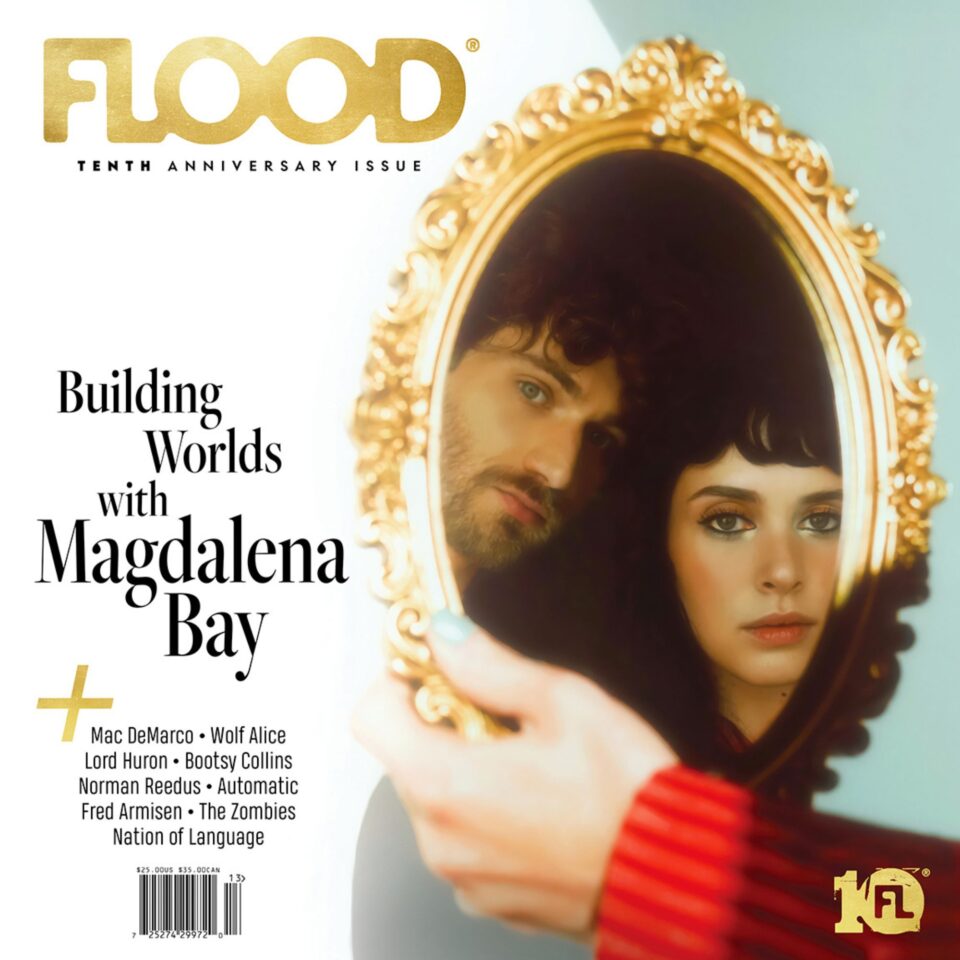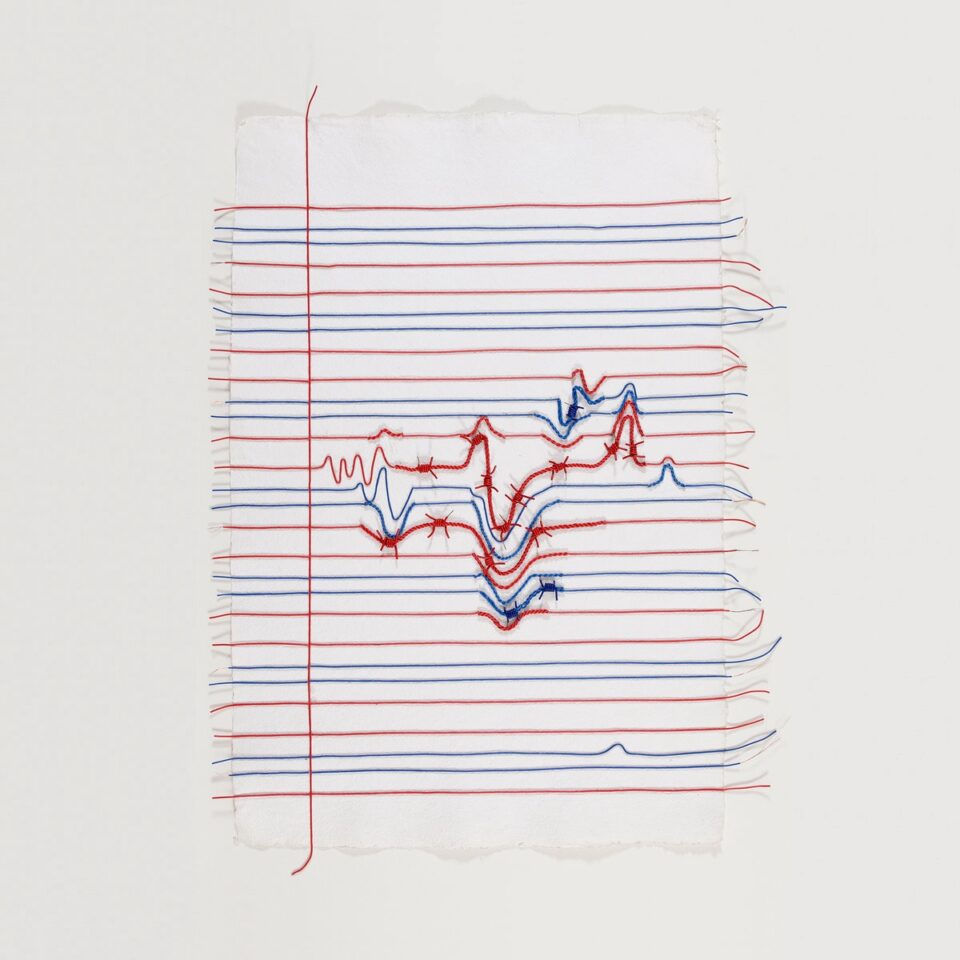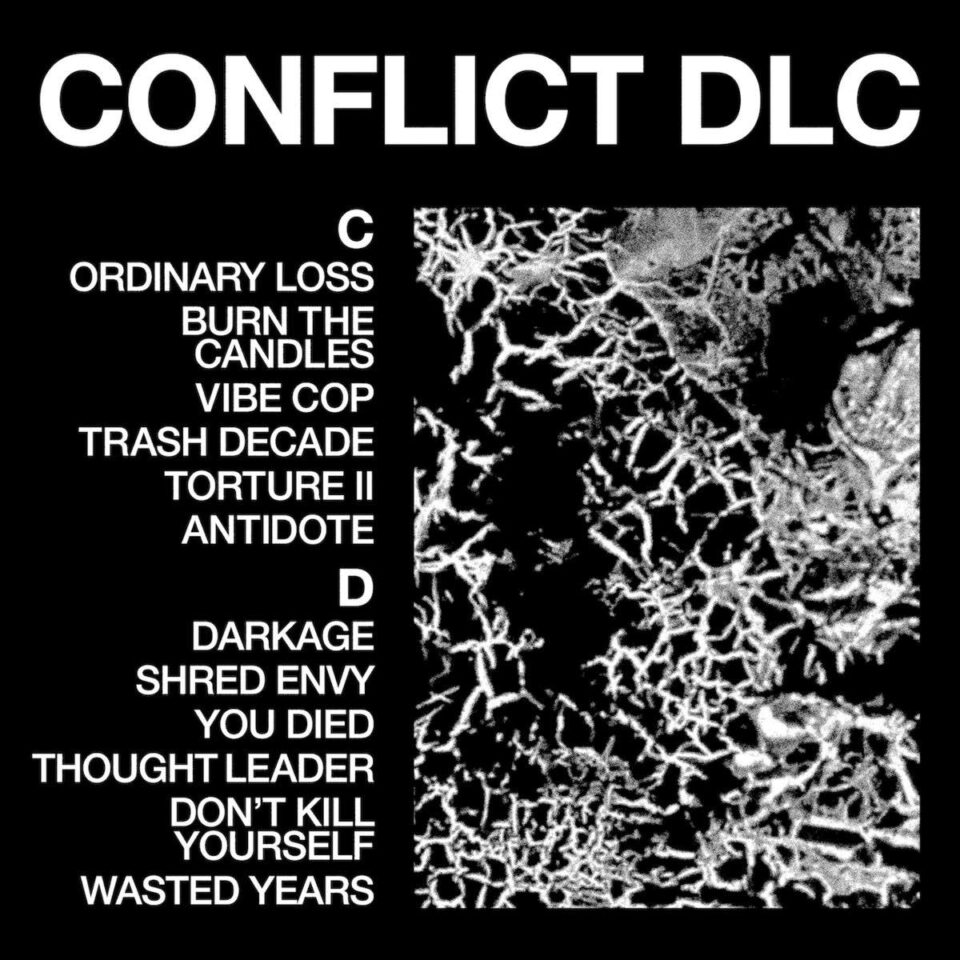Bad Snacks takes her themed parties very seriously. The day before the release of her latest EP, MIDNIGHT, the LA-by-way-of-Boston producer describes to me the cosmic sangria she’s developed for the project’s release night: “I got these little cookie cutters of stars and moons and stuff, and I’m gonna do that for fruit slices,” she tells me, going on to describe the tempranillo grapes and brown sugar muddle that will cap off the drink. The star-dusted wine will play the role of the cozy nightcap at Bad Snacks’ slumber-rave release party, a real life actualization of the party concept explored on MIDNIGHT by the artist.
A follow up on 2024’s Home Music, MIDNIGHT extends the low-key house atmosphere that Bad Snacks has forged into a niche these past couple years. Blending her classically trained violinist skillset with her texture-forward production that’s garnered comparisons to the stylings of Kaytranada, Flying Lotus, and TOKiMONSTA, Bad Snacks creates lush sonic textures perfect for a pajama-clad rave. Album closer “nightcap”—the musical inspiration behind the cosmic sangria—whirls you through the cosmos with a mesmerizing saxophone solo before tucking you in for a deep and comfy slumber. “I think about those really tender moments deep into the night,” Bad Snacks says of the closing track, “when you’re with your girls after a couple of glasses of wine. That tenderness that follows of just feeling really bonded and grateful, but also a little sleepy.”
Before the project dropped last Friday, we caught up with Bad Snacks to talk about inspirations behind the ethos of MIDNIGHT, her love of the saxophone, and the ideal Bad Snacks slumber party. Catch our conversation and stream MIDNIGHT below.
You’ve mentioned Low End Theory as an inspiration for this album—do you have any core memories from specific shows that influenced MIDNIGHT?
I moved to LA in 2016, and unfortunately, that was the last year of Low End Theory. But that was one of the first things I did when I moved. Honestly, it was a huge reason that pushed me over the edge to actually make the move to LA, because I loved—and still love—all of those artists, so I went to many [shows] before it shut down, and then I was at Low End Theory Forever [a 2018 reunion event at The Regent].
I remember the first time I ever went to Low End Theory. I walked into The Airliner, and it’s this double-decker venue. There’s this outside tent and the inside, kind of smaller club. I remember walking up the steps to the upstairs portion of the venue and the music was just going so hard. It was back when trap EDM was really coming up—Tsuruda, Mr. Carmack, that kind of stuff. The whole place was vibrating, and I’m looking around at the crowd, and I just remember being like, “I found my people.” I grew up in the Boston area and it was much harder to find people who enjoyed that kind of music. It’ll always stick out to me, because it’s like a real sense of belonging.
Where’s this idea of a slumber party rave coming from?
I’ll start with the fact that I identify solidly as an ambivert. I can’t live without people, but also my social battery gets drained really easily. I’m solidly in the middle, and I feel like that doesn’t get talked about a lot. But when it comes to my music making, when I think about the music that I love the most, there’s a kind of chillness to it. It doesn’t mean that you can’t dance to it, it’s just not headbanging music. When I think about all of my favorite producers, I think of Kaytranada. I think of TOKiMONSTA. There are a bunch of smaller producers in LA that also make a super-killing in—it’s not quite downtempo house, but that slightly lower BPM.
That’s where I started, so that’s where Home Music came from. I was like, “What if we just leaned into this a little bit?” I would get feedback a lot that at festivals, I’m kind of the chill reset or the comedown. At first, I was like, “Really?” But then I realized, “Oh, that’s actually such a beautiful niche to be in, because everybody’s fighting for the hard slots, and I kind of love that people can pull up their little inflatable couch to the function.” It’s vibing music. Everybody’s still wiggling, everybody’s still dancing, but they’re not breaking their necks. Why not lean into that a little bit?
Then I started thinking about my dream functions, and that’s when I came up with the slumber party idea, which is definitely an extension from Home Music, because Home Music was the comfortable house kind of vibe. With MIDNIGHT, it’s definitely a little bit more expansive. There are tracks that when I play them in the club, they go off. But then there are some that are a lot more like, “OK, this is the part of the set where you go to the bar, grab yourself a little cocktail, maybe flirt with somebody or share some tea with your friends.”
What would the ideal Bad Snacks slumber party look like?
Funny enough, I’m literally about to host one in real life. The release party is basically that vision coming to life. It’s cosmic slumber party themed—decked out with galaxy decor, stars, moons, everything. I have a couple themed cocktails that I’ve formulated myself, because I love a themed party. We have somebody doing tarot cards on the patio and then we have a pool in the back, and we’re using the lights to make it all purple. We have a DJ booth set up—a bunch of my friends are DJs, so we’re just doing back-to-back-to-back-to-back sets. It’s kind of like this pool party/slumber party type of vibe. I think there’s a chicness to it, for sure.
I think about growing up in the late ’90s, early 2000s, where you had this very specific idea of what a slumber party looked like. Everybody’s doing their masks and their little beauty routines, and they got their cute little robes and stuff. It’s not quite that, but it nods to that, right? It’s funny because in planning this release party, I realized that every single track from MIDNIGHT completely embodies this vibe. This is the physical space for this kind of project.
One thing that stuck out to me when I was listening through MIDNIGHT is the saxophone part on “show me how u do it!” I read that you take a lot of soloing inspiration from sax players. Could you talk a little bit about how saxophone inspires you?
My love affair with saxophones is maybe one that’s rooted slightly out of jealousy, because I grew up playing classical violin. I never really got to study jazz, and when I did take a couple jazz violin classes…the thing is that jazz violin is mostly what’s called “gypsy jazz”; Parisian style, Stéphane Grappelli. It’s beautiful—don’t get me wrong, it’s super beautiful—but it doesn’t really have a home in my playing and how I incorporate these things. I love how sax players solo. They’re a monophonic instrument and they’re in a similar range as the violin, so even though I don’t have those kinds of chops, I think there’s actually a lot that I can take from that.
One of the sax players that I take the most inspiration from is this guy Uyama Hiroto. What I love about his playing is that he’s so amazingly melodic, and they’re the kind of melodies that you can sing. Those are the kinds of melodies that I try to incorporate in my playing, because I can. Because in the LA jazz scene, there’s monster players. Nicole McCabe just entered my life. I’ve used other sax players in the past, and it’s always been a really lovely experience, so I just was like, “Hey, do you want to come over and hang out and try some stuff?” The two tracks that she plays on I was like, “We’re keeping that!” I can’t sing her praises enough, because she’s really one of the best out there. She’s everybody’s favorite sax player coming up.
Speaking of those textures, I was wondering if you just have any specific textures on this album that are your favorites?
I think this project actually was very texture-oriented in a lot of ways. When I think about some of my favorite sound design, I think about the beginning track and even just the way that it opens. I basically took some kind of percussion loop—it might have been a tambourine, or something a little tighter—and I threw it through an Ableton resonator, and then did a square wave LFO to turn it into these morphing chords. It creates this really cool, bright, strummy sound with the gliss in between. Even just doing the transition of starting it off with a filtered, reversed version of that, going into that open thing, and then you add the breathiness of the strings behind it and the legato of the strings behind it. It just starts here and then opens, opens, opens, opens, opens. I really love that one.
There are a lot of other moments in the EP where I used a lot of Buchla patches. I love modular synthesizers because it really forces you to not think about music. Period. You can’t really analyze it in that way. You can wield it around and try different things. It’s a playable instrument, but more often than not it’s just this alien texture that you can’t overanalyze, and I really liked that a lot.







